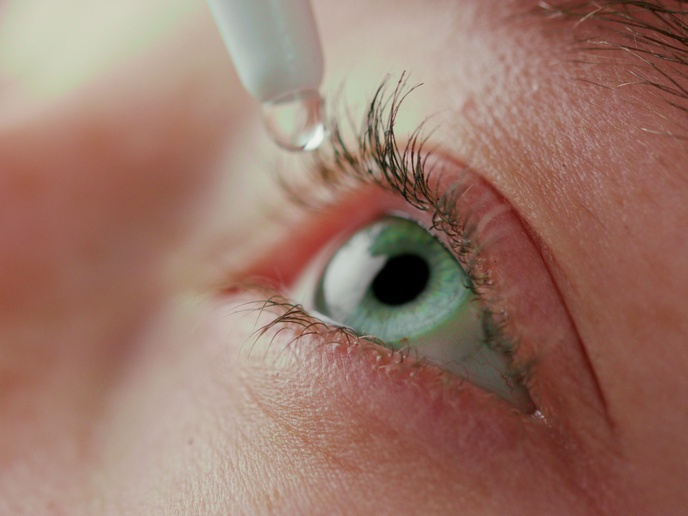Making sense of the zebrafish's senses
Established sensory-organ innervation, the supply of nerves to a part of the body, is critical for behaviour, survival and quality of life. Although much research on related issues has focused on embryonic development, there is relatively little understanding of the long-term dynamics of organ innervation. The 'Establishment and refinement of sensory innervation in the lateral-line system of the zebrafish' (Sensory innervation) project set out to address this gap in knowledge. The first step towards achieving such a goal relies on learning what roles neuronal activity and sensory organ architecture play in the way neurons branch out. This neuronal arborisation is dictated by signals guiding neurites to the intended targets, together with spatial distribution of the target cells. Given various difficulties in studying these processes in humans, prior research has established that the vertebrate sensory organs offer an excellent model for analysing how organ innervation is established and maintained. Sensory innervation researchers therefore chose the zebrafish mechanosensory lateral line as a model system. The lateral line, the structure and physiology of which are the same as those of the mammalian inner ear, is a functionally sophisticated but anatomically simple mechanosensory organ. It is formed by units called neuromasts, made up of a core of mechanosensory hair cells innervated by a minimum of two afferent neurons, which conduct impulses to the brain or spinal cord. Hair cells are able to regenerate and re-innervate quickly, even after the neuromasts have fully developed. This simple model of sensory neuronal arborisation allows for the processes to be studied in vivo for long periods and under various conditions. Researchers carried out an intensive study of the processes underlying the elaboration and remodelling of sensory-neuronal architecture in the lateral line organ in order to examine what influences the proper innervation of hair cells. Results showed that during hair-cell regeneration, afferent neurons are strict selectors of polarity which enable synapses to be re-established with identically oriented targets. To understand more about this selection mechanism, a simple method was devised to collect important information of specific axonal terminals and thus correlate hair-cell orientation to single afferent neurons at sub-cellular resolution. In deaf zebrafish mutants, lateralis afferents arborised profusely in the periphery and were observed to display less stability as well as make improper target selections. This points to the major role played by hair cell activity in developmental mechanisms related to peripheral arborisation and target recognition. Findings of the Sensory innervation studies have the potential to generate enhanced knowledge on how animals maintain sensory abilities throughout their lives.







